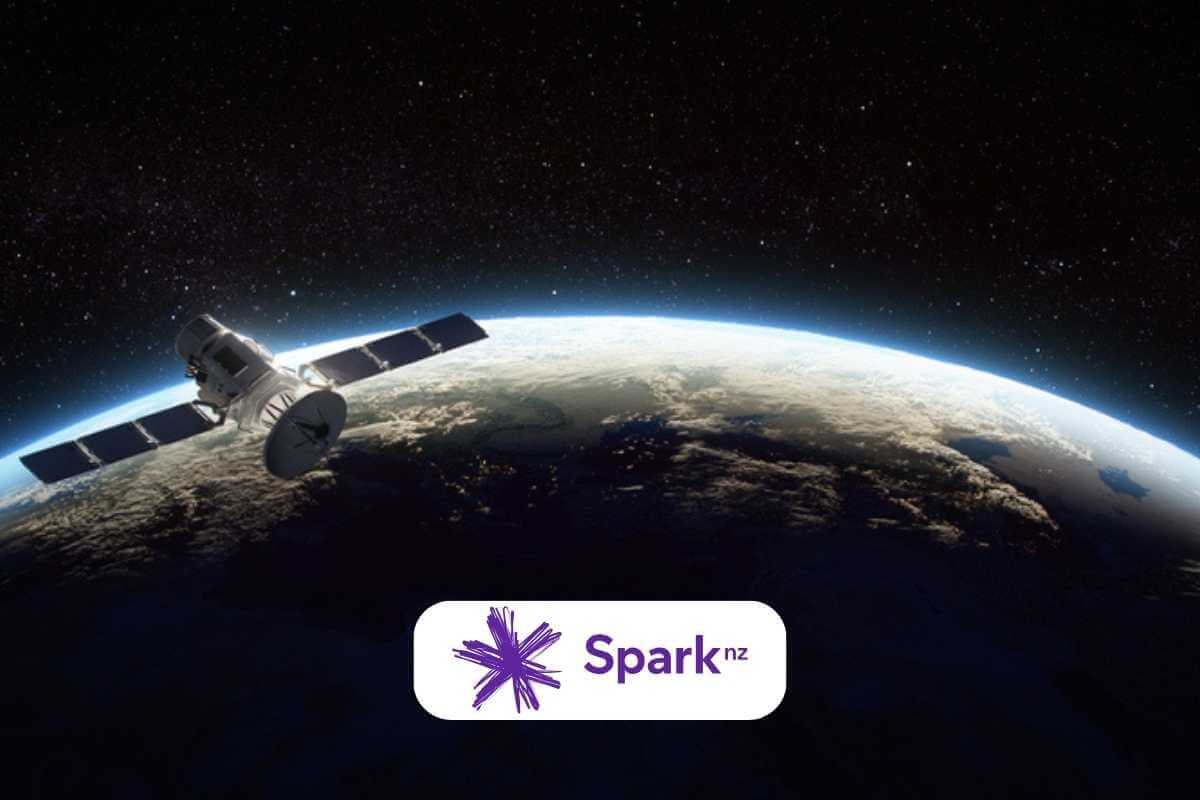
New Zealand operator Spark reports successfully sending its first text message via satellite. Spark has also unveiled plans to establish a network of satellite-connected cell towers throughout the country, to ensure that every region in New Zealand has access to a basic level of mobile connectivity during emergencies when fibre backhaul becomes compromised.
Also Read: Spark, Netlinkz to Bring Starlink Business-Grade Satellite Broadband to New Zealand
Satellite Text Message Success
Spark announced it sent the first text message via satellite at 10:47 am last Friday with satellite partner Lynk. The text was sent by Spark engineers from a standard mobile, positioned in a mobile blackspot near Kawakawa Bay in Auckland, via one of Lynk's satellites approximately 500 kilometres overhead, travelling at around 27 thousand kilometres per hour. Following this success, Spark said it will begin trials later this year and will expand them further next year.
Deployment of Temporary Cell Towers
In addition to implementing new satellite-to-mobile technology, by the end of the year, Spark will also deploy satellite-connected temporary cell towers across Northland, Auckland, Napier, Palmerston North, and Canterbury. These towers will be readily available to deploy in case Spark's mobile network is impacted by fibre damage. Spark also has plans to expand to additional sites in the future.
"We want to leverage satellite technology to its fullest potential so that we can help our customers stay connected when they need it most. This means getting satellite connectivity accessible on mobile phones, while also looking at satellite backhaul solutions, which are becoming more widely available and help us connect cell towers back into the network when fibre is damaged," said Spark NZ.
Also Read: Spark New Zealand to Launch Satellite-To-Mobile Service With Lynk Global
Automatic Switching to Satellite Backhaul
"This is where satellite backhaul plays an important role in resilience - substituting fibre temporarily to allow for basic connectivity, such as texts and calls. During Cyclone Gabrielle we deployed satellite backhaul to get our towers back online, but we encountered significant access challenges when trying to get into impacted areas."
"With our new satellite-connected temporary cell towers we can ensure the right equipment is positioned much closer to our regions and ready to be deployed more quickly. While we're starting with five ahead of the summer holidays, our longer-term ambition is to enable our strategically placed permanent cell towers to automatically switch to satellite backhaul if required, ensuring we can provide much-needed connectivity when our customers need it most," Spark added.
Also Read: Spark to Close Its 3G Network in New Zealand in Late 2025
Network Resilience Measures
Beyond satellite initiatives, Spark is actively pursuing various resilience measures to enhance network reliability during crises. This includes increasing the capacity of cell towers' reserve batteries, implementing automation for power saving, and expanding the number of generators in strategic locations.
Spark emphasises an annual investment of over NZD 100 million in resilience measures, aligning with its commitment to adapting to a changing climate and ensuring network reliability.















